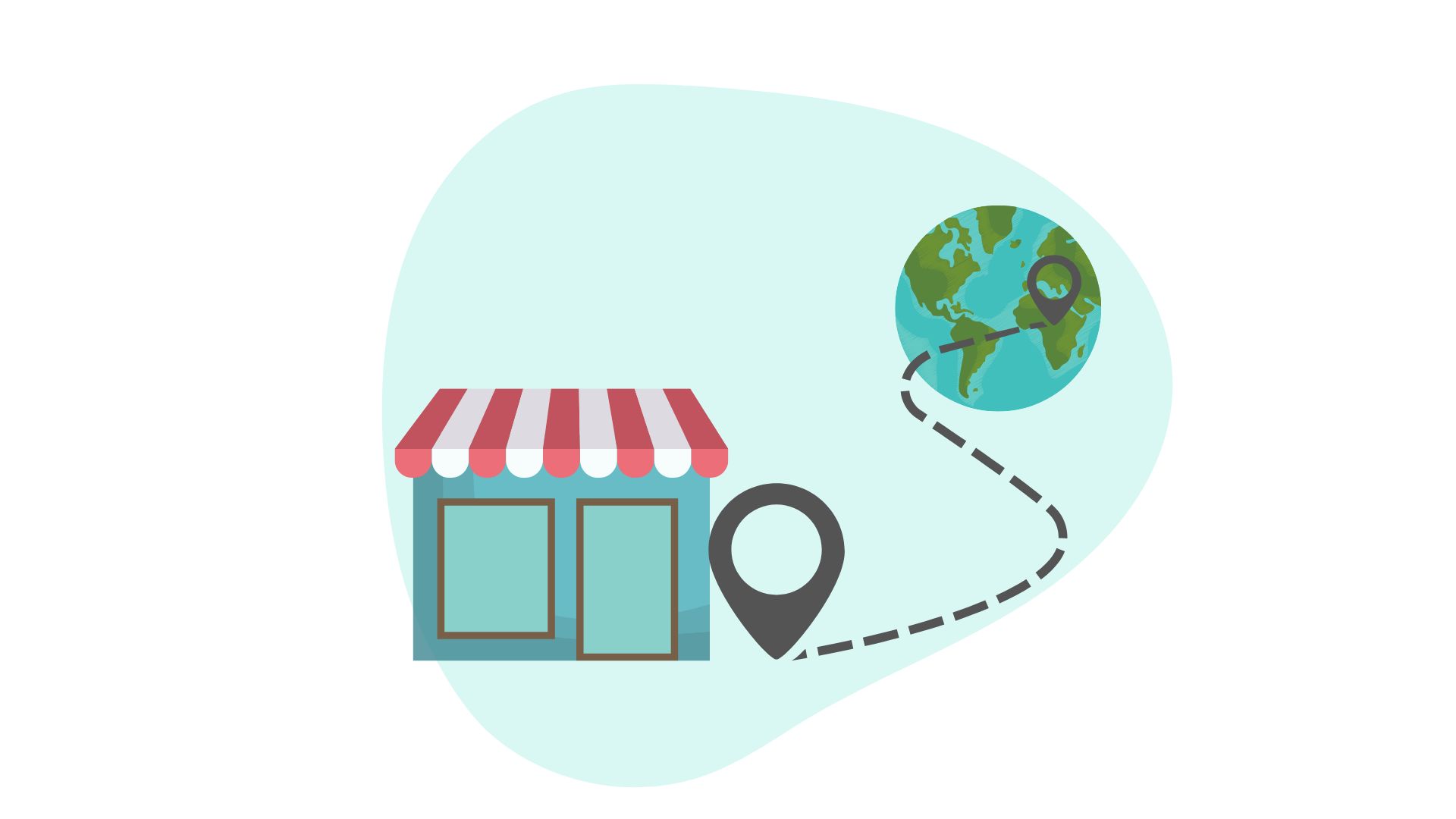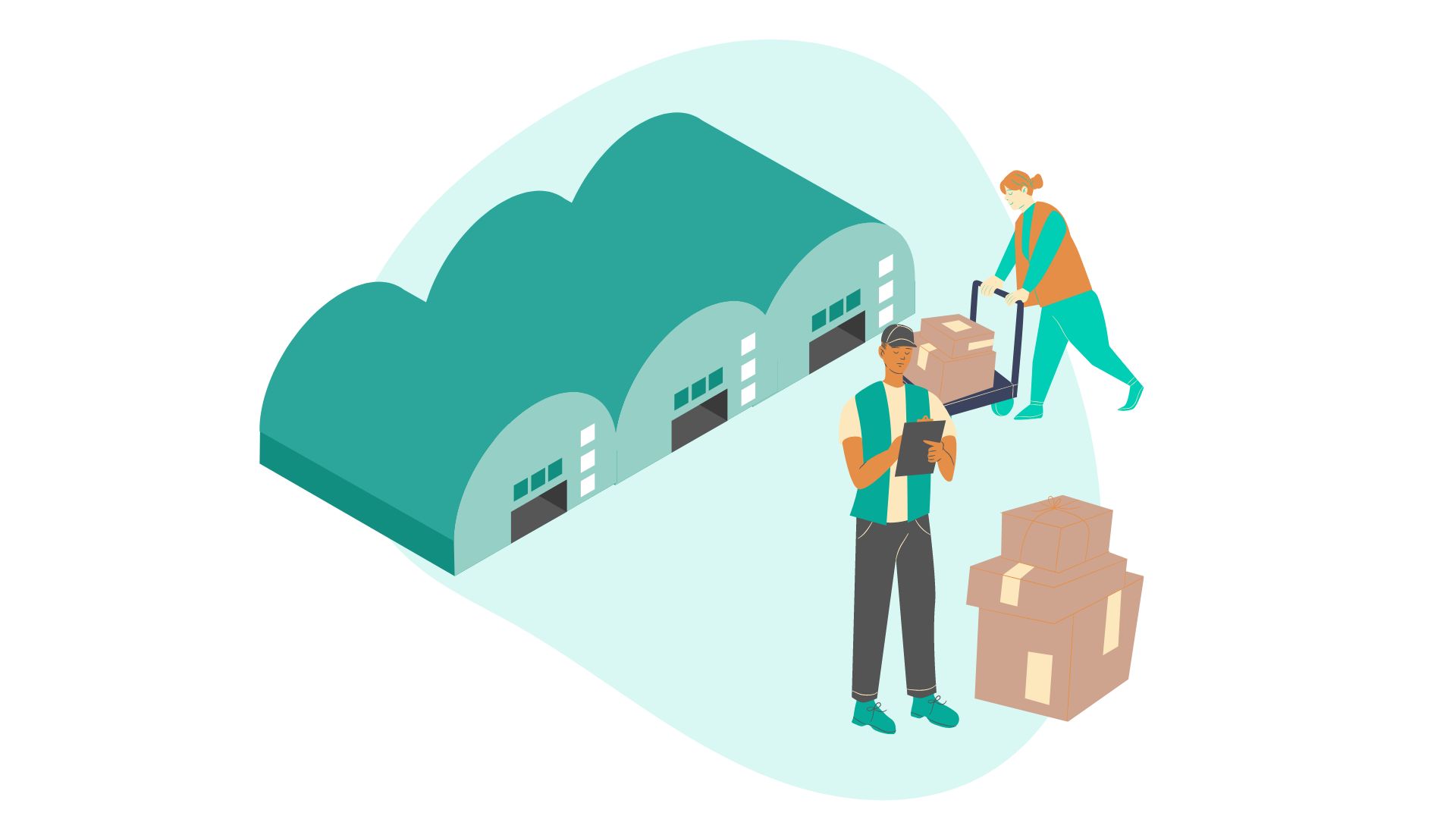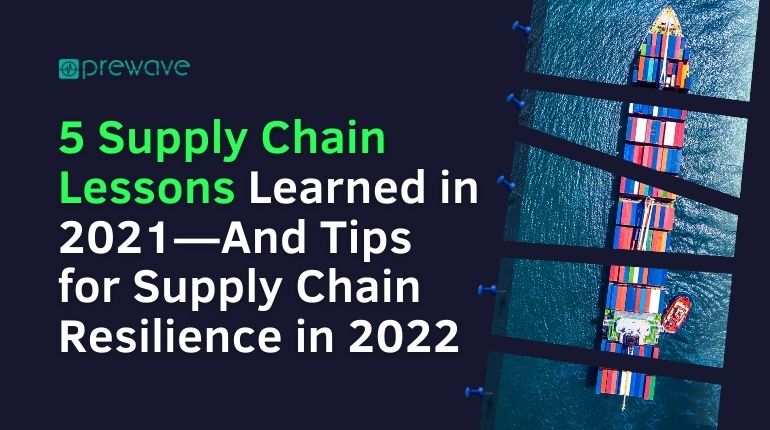Supply chain shortages—and any resulting challenges—continued to make headlines in 2021.
The good news is that compared to 2020, last year found businesses better equipped to handle any challenges coming their way. In fact, many had learned to cope, which meant finding ways to manage, combat, and even profit from supply chain shortages. For example, due to demand sensing and shaping, retailers were able to extend holiday spending beyond just Black Friday, ensuring that the entire month of November would be marked by strong sales numbers—despite a decrease in discounts and in-store traffic.
However, anticipating a problem is not the same as solving it, and finding solutions often leads to new challenges. With consumers expecting brands to meet their demands—regardless of any supply chain-related issues—orders for raw materials, component parts, and finished goods are now being placed earlier than usual, which is, in turn, putting additional pressure on the supply chain.
Read more: The Ultimate Guide to Supply Chain Resilience
While predicting demand has never been easy, and forecasts show that 2022 will continue to be a challenging year for most industries, 2021 has taught us that there are ways around global supply chain disruptions—and lessons behind every misstep.
This is why we’ve put together the top five lessons learned in 2021, with additional tips you can apply to ensure supply chain success in 2022.
Lesson #1: When dealing with global supply chain challenges, you should turn to your local suppliers for help.

With COVID-19 increasing the amount of time it takes for imports to reach local warehouses, and with import prices continuing to skyrocket, companies are shifting product sourcing from overseas to closer locations, while simultaneously diversifying their supplier base to make the supply chain more reliable. The practice of storing inventory closer to the customer is also on the rise, with companies now working towards building and fostering long-lasting relationships with local suppliers.
As a result, we are now beginning to witness a major paradigm shift away from mass manufacturing. Long lead times are being replaced by onshore and nearshore supply chains that are capable of manufacturing, distributing, and fulfilling orders on-demand without the friction of ocean freight, labour shortages, and other barriers to supply chain success.
Lesson #2: Warehouses and distribution centres might be the answer to your problems.

Attempting to secure backup inventory storage options has now become a top priority for many sellers around the world.
This is because, leading up to the 2021 holiday season especially, finding storage solutions for handling excess inventory proved challenging for businesses, which is why many attempted to avoid stock outs by ramping up production—only to run into in-house and outsourced space constraints. The timing was less than ideal, as even outsourced warehousing providers were slim on space.
As a result, businesses are now looking to secure backup inventory storage options—through different means, including co-warehousing, sub-leasing, or 3PL warehouse scenarios.
So, as you’re looking to scale your business, it is important to keep in mind that good inventory control is all about having the right products in the right places—so that orders can be fulfilled when needed. And having multiple smaller warehouses in strategic locations can enable you to do this. However, to ensure the right amount of stock levels at each distribution site, organisations need to take additional steps by closely analysing their data to understand where orders are coming from.
Lesson #3: Supply chain management software is the way forward.

Any company looking to fix major weak points in their supply chain needs to look at digitising their supply chain management. By doing this, you will potentially uncover additional weak points in your supply chain that need to be addressed, to avoid risk exposure.
By digitising your supply chain, you will enable your organisation to be more agile, thus giving you the flexibility and adaptability required to respond to any disruption that may occur—in real time. Additionally, with the right supply chain mapping and monitoring software, you can focus on more added-value work because the data crunching won’t consume any time on your end.
“Most supply chain risks stem from suppliers in the lower tier of the supply chain. They are often only communicated with a significant delay, potentially costing companies critical reaction time and large amounts of money. Supply chain digitisation— or more specifically, Tier-N monitoring—can help uncover these risks in real-time.”
Analyse. Anticipate. Mitigate. Solve.
These are just a few words that are synonymous with Prewave’s Supplier Mapping and Monitoring software—your partner on the way to supply chain resilience.
Today, modern technology is able to pivot and fulfil any supply chain challenges facing your organisation head-on.
With Prewave, you can:
- Monitor suppliers and analyse millions of sources in 50+ languages using AI
- Find, understand and categorise the risks affecting your suppliers
- Use predictive analytics to report on events that pose a risk to your business before they happen—giving you enough time to form an appropriate response
- And more!
Rather than ordering from your suppliers last minute—or establishing partnerships with the wrong suppliers—thus exposing your business to a host of unknown risks, including extreme weather phenomena and other events outside your area of control, let Prewave do the work for you, and help prevent future supply chain disruptions.
To discover everything Prewave can do for your business, book a demo today!
Lesson #4: Building and fostering in-house relationships can help solve supply chain challenges.

Hiring experienced supplier management staff can really make or break your business this year.
As your supplier base becomes more diverse—and local—it is imperative that you continue to foster and grow these relationships. Enlisting the help of the right people, however, can be challenging.
Building a chain of communication between your business and your suppliers involves putting together a team tasked specifically with supplier sourcing. You could develop sales-like KPIs, and even bring in experienced account managers to train the team, as well as help them establish goals and targets. While costly, this tactic will pay off in the long run.
More and more businesses are already taking steps in this direction—and you cannot afford to be left behind. However, the labour shortage has shown that, while building external partnerships is vital for the continued success of any business, it is impossible without first establishing good internal relationships.
Caring for the mental well-being of your staff and placing emphasis on the individual needs of your employees should be a top priority for any business—it should be a part of your overall business strategy.
Lesson #5: When it comes to supply chain resilience, process matters.

At the onset of the pandemic, supply chain disruptions proved nearly fatal for many businesses around the globe—prompting talks of closures and bankruptcy. As such, one of the most important lessons that we should take away from the past couple of years is that, with adequate planning and preparation, a business can withstand any challenge that comes its way.
“Resilience is not just a buzzword. It describes the robustness of every part of the system. Better planning and better information on risk and demand lead to sustainable resilience in the long run.”
You can begin by putting together a process, one centred around planning for worst-case scenarios and collaborating with the key drivers in your supply chain. For example, you could increase lead times using air freight, deal with delays through timely—and iron-clad—shipping agreements with your suppliers, and manage your cash flows by establishing a system to track every expense.
If you want to meet customer demands and stay competitive in an overly-saturated market, you need to establish a roadmap that answers the following questions:
- When should you restock?
- What should you restock?
- How should you restock?
Read more: 7 Steps to Future-Proof Your Supply Chain
Newly arrived inventory should be checked in at the beginning of your receiving team’s shift, to give you a better understanding of what items are available to restock. There is often a great deal of activity in the warehouse, with people filling and packaging orders, which leads to receivers waiting to replenish inventory levels until the end of their shift. By topping off inventory at specific points in the day, however, you can maintain higher inventory levels.
Are you ready to ensure supply chain success in 2022?
Get in touch with us to find out how we can help!



